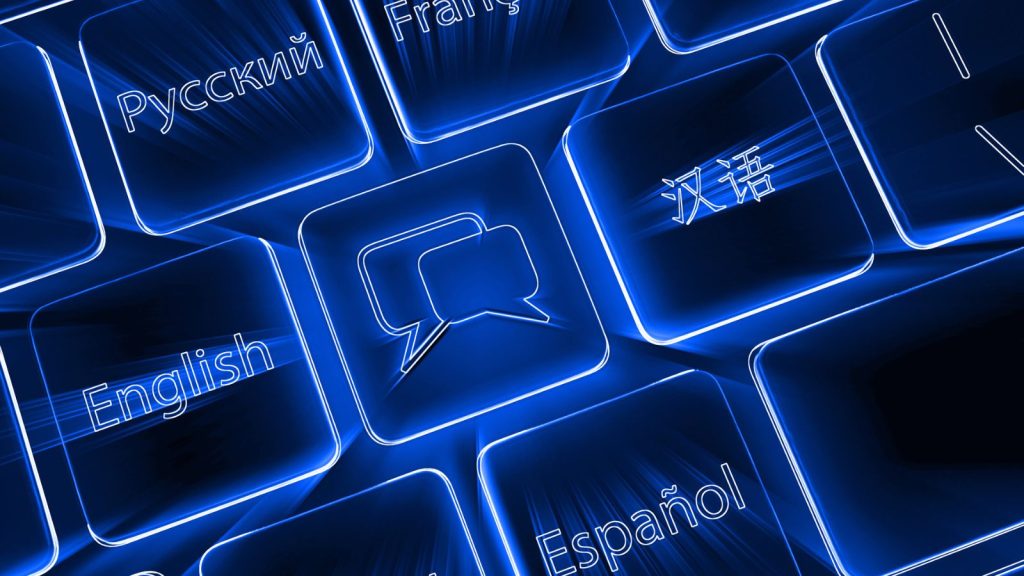As the life sciences industry continues working to comply with the EU Medical Device Regulation (MDR) and In Vitro Diagnostic Medical Devices Regulation (IVDR), the role of translation has never been more important.
Both the MDR and IVDR introduce detailed requirements for medical devices, including a major emphasis on language and clear instructions. Not only must medical device manufacturers meet these requirements to go to market in the European Union (EU), but translation is also a critical component of marketing and selling products in this geographic territory.
For many medical device manufacturers (MDMs), a centralized translation model offers an efficient way to meet the language requirements of the MDR and IVDR. This approach consolidates the majority of a company’s translation and localization efforts into a single, unified framework. It combines principles for centralized management with standardized processes, tools and technologies for all projects.
Let’s explore six ways that the principles of a centralized translation model can support your MDR and IVDR compliance program.
1. Speak the Same Language
The language of life sciences is precise and the technical nature of the EU’s MDR and IVDR guidance is no exception. Having translations that meet the high standards of the EU’s certifying bodies requires uniformity that only a qualified language services provider can produce. A centralized translation model ensures consistent use of language using terminology glossaries and technology like machine translation.
2. Quality at Source
The quality of your source content serves as the foundation for accurate translation, providing regulatory compliance, patient safety, and effective communication in the global market. Poor source quality can lead to non-compliance and potential legal repercussions. However, a centralized translation model ensures high-quality translation by employing professional translators and conducting quality checks that align with MDR and IVDR requirements for regulatory compliance and patient safety.

3. Tools and Workflows Provide Consistency
In terms of processes, the EU MDR and IVDR regulations emphasize that consistency across translation and workflows is about compliance and safety. While translation technologies such as translation memory (TM)offer several advantages to language services companies and life sciences clients in terms of efficiency, the true value of these technologies is to provide uniformity for translations and workflows.
4. Quality at Delivery
Quality assurance (QA) is where the accuracy and compliance of translations are finalized. A centralized translation model ensures rigorous quality checks before any translated content is delivered. This process verifies that each translation not only adheres to the language requirements but also aligns with the specific regulatory standards of the EU MDR and IVDR. Consequently, the QA guarantees that the final translations are reliable and ready for the market, upholding patient safety and regulatory compliance.
5. Hire the Right Crew
Despite the emphasis on technology, having a team of translation professionals who are experts in their language and specialize in medical and regulatory terminology is indispensable to successfully operating in the EU. A centralized translation model supports the recruitment, training and development of a skilled team, ensuring that translators, editors, and quality assurance personnel are knowledgeable about the specific requirements of the medical device sector.
6. Change the Blueprint When Required
The road to the EU MDR and IVDR has been complex and marked by changes over time. Understanding and adapting to changes quickly is necessary to help mitigate risks. A centralized translation model enables MDMs to swiftly adapt to translation guidelines, legal changes and regulatory requirements. This approach ensures that important translation processes remain not only current and compliant but also agile enough to quickly incorporate changes.

A centralized translation model can support EU MDR and IVDR compliance efforts by ensuring language consistency, supporting quality at source and delivery, assembling an experienced team, and maintaining adaptability in the face of evolving regulations. It not only facilitates compliance in life sciences but also improves the standards of patient safety, regulatory adherence, and effective communication on a global scale.
Our Approach
At Argos Multilingual, we’ve got the knowledge and experience to help guide you through the MDR and IVDR. To learn more, download our free whitepaper and visit info.argosmultilingual.com/mdr-europe for additional resources.
 Argos Multilingual
3 min. read
Argos Multilingual
3 min. read
San Francisco (CA), January 17, 2024 – Argos Multilingual, a leader in the global content solutions market, has announced the release of a significantly upgraded version of its AI-driven Translation Memory (TM) cleanup service, which enables automatic analysis and cleanup of content stored in TMs at scale. These enhancements add new features and automations to […]

 Argos Multilingual
6 min. read
Argos Multilingual
6 min. read
Whether you are conscious of it or not, design has a tremendous effect on our daily life: What captures our attention, how long an item holds our interest, how well we comprehend a message. In fact, we think legendary industrial designer Charles Ames said it best: “The role of the designer is that of a […]











